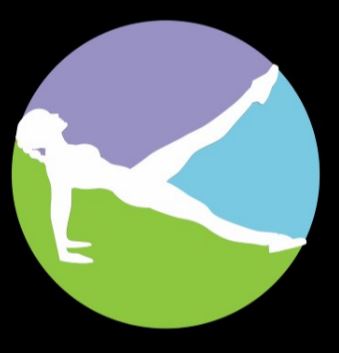Podcast: Play in new window | Download | Embed
Subscribe: iTunes | Android | RSS
 In this episode we speak to Amanda Erlank about the ‘art and science of beautiful movement’. We talk about all things movement, from an eastern philosophical point of view, from a Pilates point of view and from the point of view of the Franklin method. We discuss the importance of visual learning, efficiency in movement and I am sure you will agree that the wisdom Amanda brings to movement is outstanding and we are so lucky to be able to learn from her experiences!
In this episode we speak to Amanda Erlank about the ‘art and science of beautiful movement’. We talk about all things movement, from an eastern philosophical point of view, from a Pilates point of view and from the point of view of the Franklin method. We discuss the importance of visual learning, efficiency in movement and I am sure you will agree that the wisdom Amanda brings to movement is outstanding and we are so lucky to be able to learn from her experiences!
Show Notes
Franklin Method = Eric Franklin (the founder of the Franklin Method) is, as Amanda explains, all about helping you understand exactly whats going on from a joint perspective, muscle perspective and overall bio-mechanical perspective. Connect with Amanda on facebook to stay in the loop with her up-coming Franklin Method workshops.
Pilates = Amanda is a Polestar Pilates principal educator and her advice for up and coming Pilates instructors is;
- Do it because you have a PASSION for movement and for helping people (not for the money!)
- Create a work – life balance
- Continue to practice in your own body, take classes yourself, follow people who inspire you
- You believe in something bigger than yourself
- Realise you will get back so much more than just helping people, it’s a way of life!
Visual Learning = weather we know it or not we all have an element of ‘visual’ in our toolbox of learning. Amanda explains how there are many learning styles, but when it comes to movement, the visual sphere is a big one!
A little bit about Amanda and Kinected Pilates Studio
Amanda (a principal educator for Polestar Pilates) and owner of Kinected Pilates Studio, does an amazing job of blending her love of eastern philosophy, movement, Pilates and touch to help her students ‘Move Beautiful’. You can follow Amanda on YouTube or on facebook, especially if you are not local to her studio!
You can part-take in her next ’40 days of bliss challenge’ here




